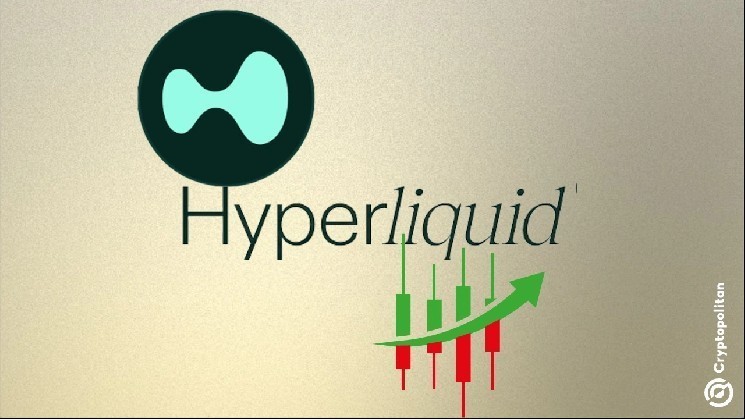Folks Finance, a notable non-custodial DeFi platform delivering financial tools regarding digital assets, has announced the adoption of Chainlink CCIP. By integrating Chainlink CCIP, Folks Finance endeavors to handle liquidity fragmentation and offer unified liquidity for cross-chain operations. The platform took to social media to reveal this integration.
Folks Finance has adopted the @chainlink standard to solve DeFi’s most significant challenges: liquidity & UX fragmentation.
CCIP enables users on Folks to deposit on one chain and borrow on another—all from a single account with unified liquidity.
Folks Finance is now one of… pic.twitter.com/nQuaoWCDIV
— Folks Finance (@FolksFinance) April 22, 2025
Folks Finance to Handle DeFi Fragmentation and Deliver Unified Liquidity by Integrating Chainlink CCIP
Folks Finance’s integration of Chainlink CCIP denotes a landmark achievement in the provision of unparalleled lending experiences across chains. With this, the protocol has rapidly become a key transfer sender on Chainlink CCIP. This points out the respective functionality’s demand and the swift growth of the platform.
Benedetto Biondi, the Chief Executive Officer of Folks Finance, also commented on this endeavor. As per the executive, this development serves as a strategic move in enabling a comprehensively secure lending experience with liquidity unification. The CEO added that since integrating with the Chainlink BUILD program, Folks Finance has obtained considerable support for development, business growth, and marketing. The Chalinlink CCIP standard delivers a secure and reliable way to transact assets and data across chains, increasing interoperability between DeFi protocols.
Offering Broader Interoperability to Drive DeFi Growth
According to Folks Finance, this Chainlink CCIP Standard’s integration offers broader interoperability amid the growth in the DeFi market. This lets Folks Finance and other such platforms provide services to a wider consumer base without pushing them to navigate several wallets, networks, or interfaces.















Leave a Reply